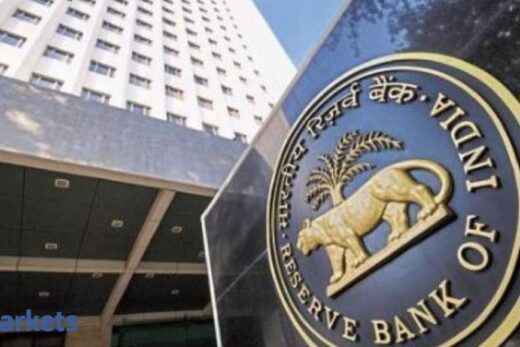City Gas distribution the transmission assets in the power sector could well propel lending to infrastructure along with roads, he said.
Financial markets are signalling a great future. Corporates are painting a rosy picture. But still investments are hard to come by. How do you read this situation?
Markets have done wonderfully well in the last few months driven by strong inflows of money – initially from retail investors and followed by offshore investors. While the markets are trading an all-time high PE multiple, the forward P/BV is around 4.3. This may gravitate towards the mean if liquidity is pulled back. Till then, I believe that markets will remain range bound as Nifty 50 companies continue to report strong numbers.
This year’s budget has given another significant boost to the infrastructure sector. While continuing its focus on roads and highways, the government has announced plans for gas distribution in 100 cities which will boost consumption. Government is committed to developing metro infrastructure to augment public transportation across Tier 2 metros. All these should trigger investment demand. Another paradigm shift is the proposed privatisation of power distribution.
Yes, there are a lot of projects. But the question of funding still remains.
Private sector will continue to participate in funding infrastructure through instruments like InVITs that offer attractive yields when compared to prevailing low yields across the globe. We have recently witnessed strong investor interest in highway, CGD (City Gas Distribution) and renewable energy assets from international investors. Further, this year’s budget has provided FPIs an option to provide debt financing to InVITs and REITs. This will open up a large pool of capital for funding infrastructure. Government has also provided for no TDS on REITs and InVITs.
There is a proposal for a Development Financial Institution as well. How effective a source of funding that could be?
DFIs have a very important role to play in financing infrastructure. The present banking system needs to be supplemented with DFIs that will bring in pools of long-term capital as compared to NBFCs and smaller banks which have higher cost of capital. The provision to long-term tax-free bonds by DFIs will ensure lower cost of capital and make these DFIs provide debt capital at competitive rates. Further, financing of green field projects need appraisal, monitoring and specialised technical skills across financing, engineering and legal that DFI will be willing to invest in.
But the demand for loan itself has been so weak where do you see the banking industry benefiting from?
Companies are opting for bank loans for funding green field projects. However, existing bank debt in some situations is getting refinanced by 3 to 5 year bonds from mutual funds and 5 year bonds from USD bond markets. The desire to diversify their funding sources away from the bank market and access cheaper cost of capital is driving this action.
How do you assess the impact of the virus-induced crisis?
Financial results for the last 9 months (adjusted for Q1 results affected by lockdown) have clearly demonstrated that companies have done better in terms of margins and financial performance. Work from Home (WFH) is a significant cost-saver and adoption of WFH will lead to achieving higher savings over medium to long term. Finally accelerated use of digital has ensured optimisation of marketing and promotional spend.
How has the BFSI sector changed during the crisis?
Last year, the BFSI sector led capital raising which helped boost the sentiment for the economy. Although in hindsight this sector could have waited out for a few more months to offer shares at better prices, the timely raising of confidence capital by the BFSI sector was a reflection of the underlying resilience of the Indian Economy which further nudged more flows to come our way.
It’s not surprising that the financial metrics of our top 3 – 5 players in each sector is significantly better today than it was a couple of years ago.



